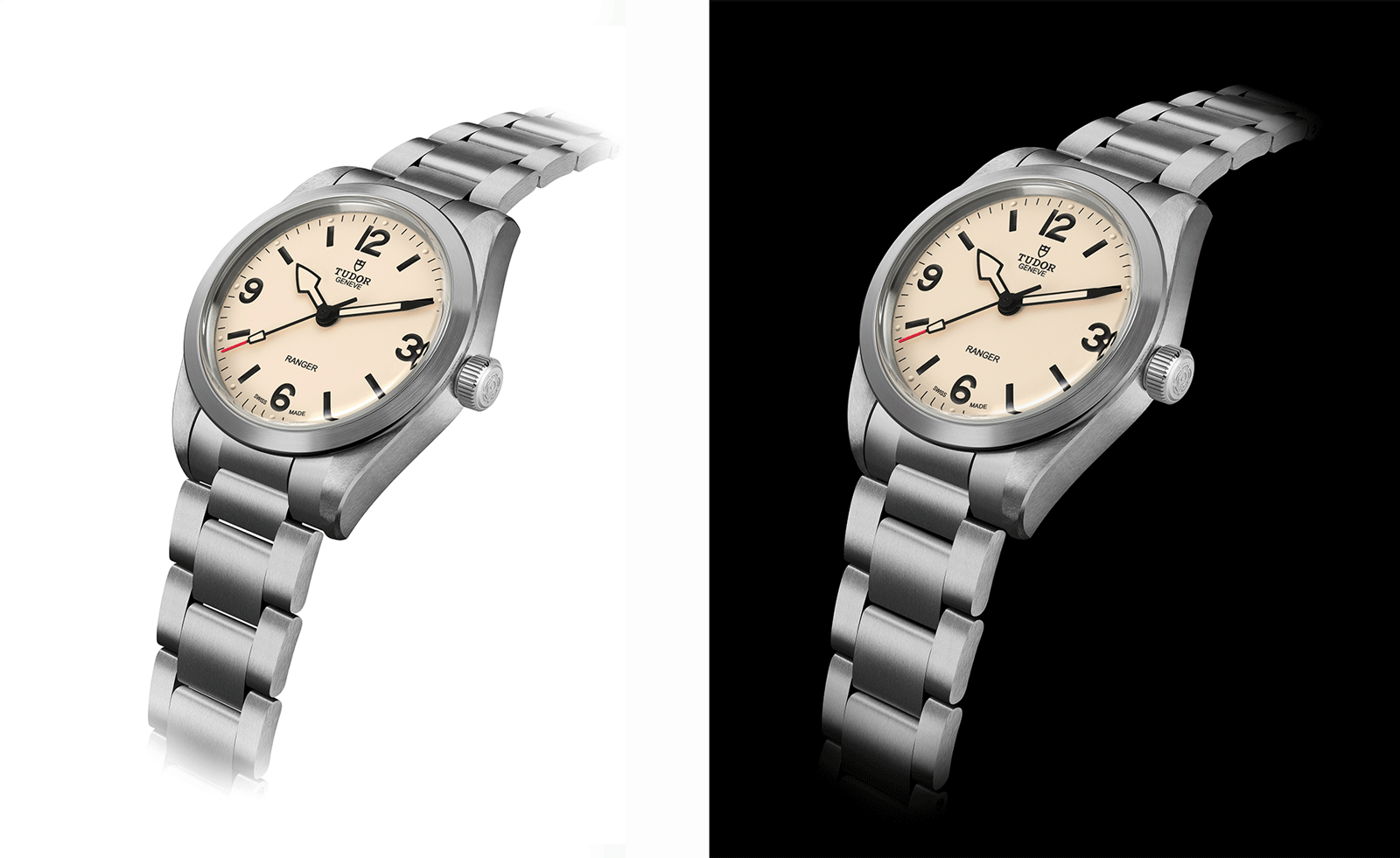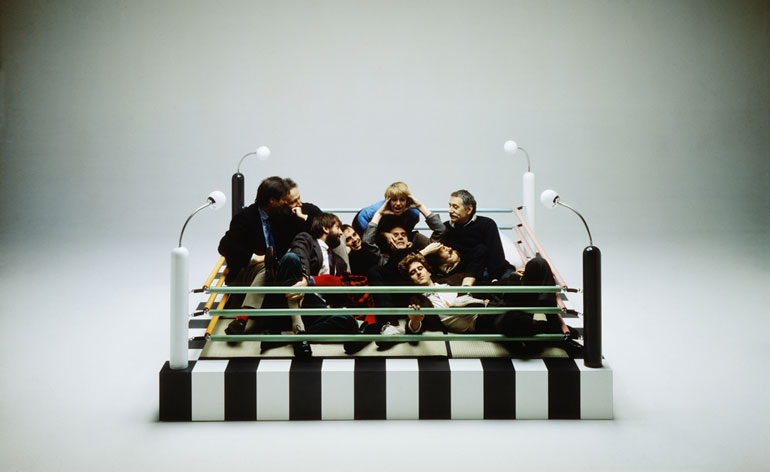By
Rosa Bertoli
last updated
in Features
Rosa Bertoli was born in Udine, Italy, and now lives in London. Since 2014, she has been the Design Editor of Wallpaper*, where she oversees design content for the print and online editions, as well as special editorial projects. Through her role at Wallpaper*, she has written extensively about all areas of design. Rosa has been speaker and moderator for various design talks and conferences including London Craft Week, Maison & Objet, The Italian Cultural Institute (London), Clippings, Zaha Hadid Design, Kartell and Frieze Art Fair. Rosa has been on judging panels for the Chart Architecture Award, the Dutch Design Awards and the DesignGuild Marks. She has written for numerous English and Italian language publications, and worked as a content and communication consultant for fashion and design brands.

The Tudor Ranger watches look back to the 1960s for a clean and legible design
By James Gurney Published

Galerie On Sunset is primed for strong drinks, shared plates, live music, and long nights
By Carole Dixon Published

Everything you want to know about Memphis Design, from its history to its leading figures to the pieces to know (and buy)
By Francesca Perry Published